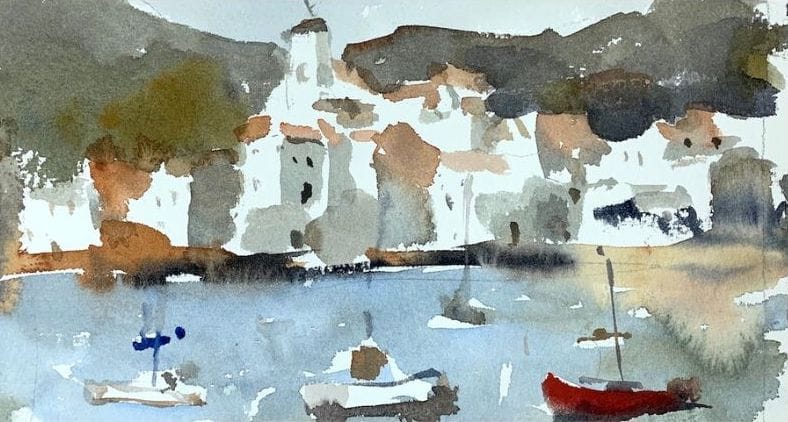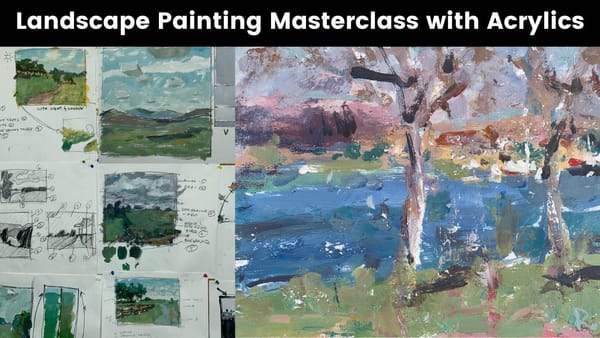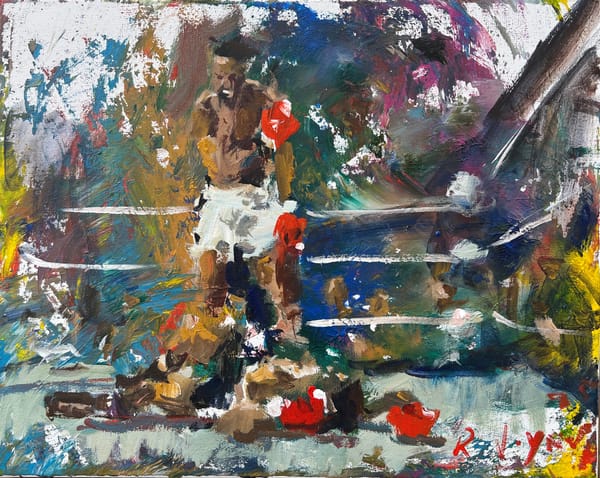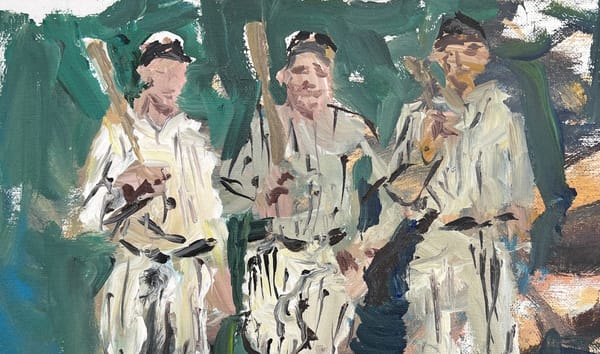Negative Space Techniques: A Fantastical Watercolor Landscape Tutorial
Step into the realm of loose watercolor landscape tutorial using negative space techniques. Beginner friendly tutorial, easy to follow tips.
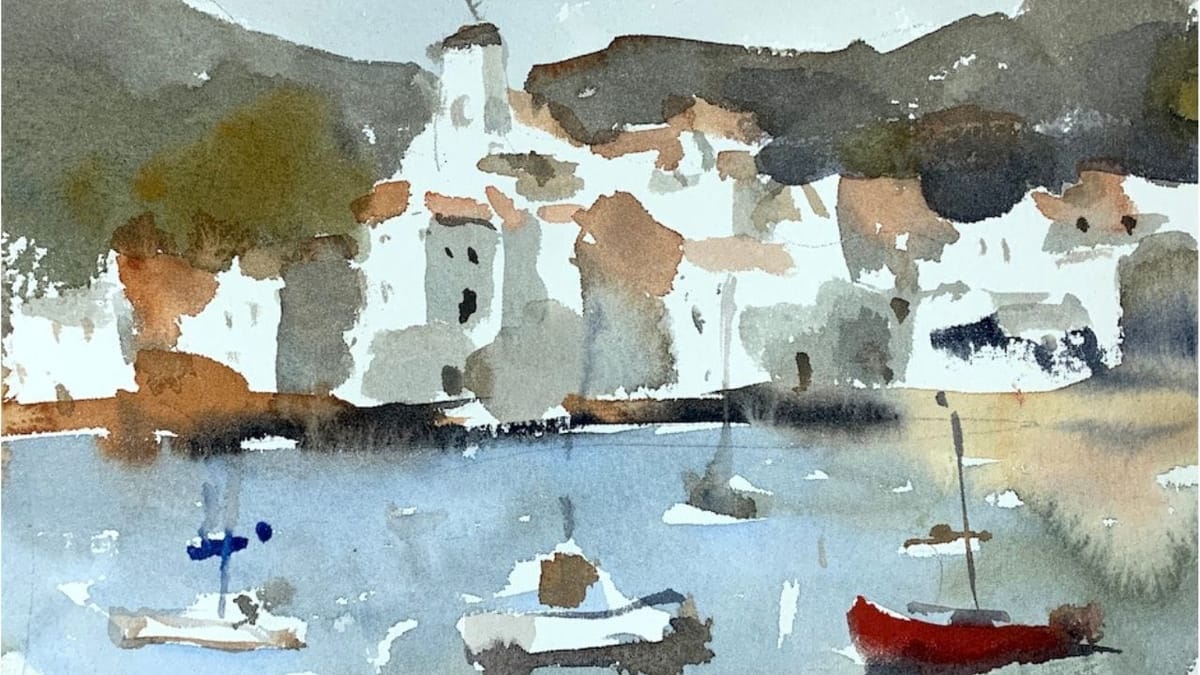
Step into the realm of enchantment with our extraordinary watercolor landscape tutorial using negative space techniques. In this magical journey, we will unravel the secrets of using negative space to create captivating landscapes that breathe life onto the paper.
Prepare to be dazzled as we explore the mystical interplay of colors, shapes, and the untamed power of the empty spaces. Whether you’re a seasoned artist or an aspiring watercolor adventurer, this tutorial will ignite your imagination and set you on a whimsical path towards creating extraordinary watercolor masterpieces.
Get ready to unlock the hidden depths of your creativity and embark on a fantastical artistic voyage like never before! Alright, perhaps I got a bit carried away with the excitement, but trust me, this tutorial is truly magnificent and worth every ounce of your attention.
Cue the video…
Painting watercolor landscape successfully is all about the planning
When it comes to painting watercolor landscapes with finesse, the key lies in meticulous planning. The success of your artwork hinges upon thoughtful considerations such as composition, perspective, color palette, and the overall vision you wish to convey.
By taking the time to carefully plan your painting, you lay a solid foundation for bringing your creative ideas to life. From sketching out the basic elements to envisioning the play of light and shadow, each step of the planning process contributes to the harmonious and captivating end result.
So, embrace the power of planning as you embark on your watercolor journey, and watch as your landscapes flourish with depth, beauty, and a touch of artistic brilliance.
Technique matters!
When it comes to the watercolor technique of painting light to dark, it’s all about harnessing the translucent nature of the medium to create gradual tonal transitions.
Start by applying lighter washes or diluted colors on your paper, allowing them to dry before layering darker shades on top. This layering process enables you to build up the desired values and create depth within your painting. By working from light to dark, you have better control over the intensity of the colors and can achieve a more luminous and airy effect.
Remember to let each layer dry before proceeding, as watercolor relies on the interplay between pigment and water, and proper drying time ensures a cleaner and crisper outcome.
With patience and practice, this technique will empower you to capture the subtle nuances of light and shadow, bringing your watercolor artworks to life with a captivating sense of realism.
Harness the power of negative space painting
Negative space painting is an intriguing technique for watercolor artists that involves purposefully emphasizing the areas surrounding the subject, rather than focusing solely on the subject itself.
By utilizing the unpainted or lighter areas around the main subject, the artist creates a visual balance and enhances the overall composition. This technique allows the artist to explore the interplay between positive and negative spaces, using the absence of color and form to create depth, contrast, and visual interest.
By consciously considering the relationship between the subject and its surrounding space, watercolor artists can evoke a sense of harmony, evoke emotions, and draw attention to the focal point with subtlety and elegance.
Embracing negative space in watercolor painting opens up new possibilities for creative expression and invites viewers to engage with the artwork in a unique and thought-provoking way.
